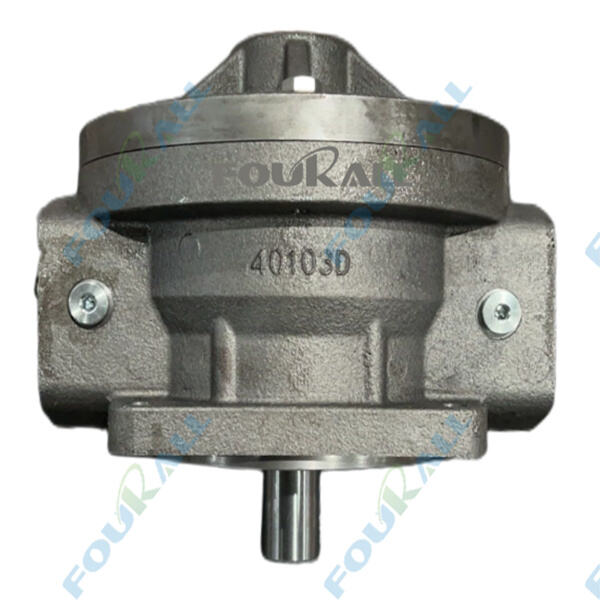Vacuum pumps are fascinating contraptions that allow air (or other gas) to be sucked out of a container so as the region left is devoid of almost any allergens A vacuum is an area with very little or no air, gas and can be put to a number of uses. A hydraulic pump system falls in the category of a displacement pumps. This article will examine mechanical lubrication systems, whether they are really good in terms of their characteristics and features, what types there are on the market at present and how to maintain them.
Positive displacement: Mechanical vacuum pumps create a vacuum using positive displacement. Shall we start with positive displacement? What it means is that the pump has a chamber in which air gets displaced. This is how a vacuum gets generated. The pump consists of two main components: a pump chamber and an inlet valve.
When the unit starts running, outside air enters through the inlet valve. At the same time, a rotating part called an impeller moves out from the inlet. This movement results in a vacuum that draws air through the pump chamber. After this, the fan or impeller is also starting to rotate and starts throwing air out from other ends known as pressure valves. When the exhaust valve opens, escaping air creates a vacuum in the pump chamber. This programmable chamber is indispensable for any application that requires a vacuum.
There are several important benefits of utilizing a cooling system. Perhaps its biggest benefit is that the vacuum it generates is very high and does so fast. In other words, tasks that require the use of a vacuum can be performed in shorter time frames — ideal for enhancing work output. Another good thing about mechanical vacuum pumps is that they are normally cheaper than other types of vacuums. This makes them versatile and user-friendly for a wide range of businesses, and industries. They are also more robust and sturdier to withstand wear & tear, so do not need regular replacements.

There are important features to a mechanical vacuum pump that allows it to work efficiently. Such features comprise the inlet and exhaust valves, a vacuum gauge along an oil-sealed pump. The inlet valve is so necessary because it allows air inside the pump chamber and exhaust valves are very important to let out the flow of air. It is a useful device for measuring the pressure inside of the pump chamber known as a vacuum gauge. Finally, the oil-sealed pump would aid by ensuring that the mechanical vacuum pump does not overheat. This functionality is to provide the stress free working of pump with efficiency.

Mechanical Vacuum Pump: Five Types of Mechanical vacuum pump folllowing each type is uniformly equipped with its own functioning. Common types of vacuum pumps are rotary vane, liquid ring and diaphragm. Rotary Vane Pumps Are Commonly Found In Factories That Need To Generate Extreme Low Levels Of Vacuum, Which Is Essential For Many Types Of Industrial Operations. On the other hand liquid ring pumps are ideal for gas and steam jobs. Liquid ring pump They are quieter than other pumps because they rely on liquid to generate the vacuum. Finally, the diaphragm pumps as well have their place when a very strong vacuum is not needed. These are generally used for when a less intense vacuum, about 100 mbar is enough.

How to take care of your mechanical vacuum pump To ensure a long service life for their performance, you need to properly treat such equipment as a mechanical vacuum Pump. Regular maintenance is key. You should replace the oil in order to run smoothly by pumping every four to six months. Also, keep in mind that it is essential you change the vacuum filters regularly. This is overall better since it prevents dirt and debris from entering the pump, potentially causing issues. Ensure that the inlet valve is also free from any obstructions. Make sure, at lastly, if the oil in pump is sufficient to keep it working well.